Table of content
Pork belly, a cut of meat celebrated for its rich marbling of fat and tender flesh, has become a cornerstone of global cuisine. From the crispy crackling of roasted pork belly in British pubs to the melt-in-your-mouth dongpo rou of Chinese gastronomy, this versatile ingredient demands precision and patience to achieve its full potential. For home cooks and professional chefs alike, one question persists: How long does it take to cook half a pork belly until it reaches the ideal texture and flavor? This article delves into the science, techniques, and nuances of cooking pork belly to perfection, ensuring every bite is a harmonious balance of tenderness, flavor, and visual appeal.
Understanding Pork Belly: Structure and Composition
Before diving into cooking times, it’s essential to grasp the anatomy of pork belly. This cut is taken from the underside of the pig, where layers of muscle, fat, and connective tissue intertwine. The fat content, which can vary from 30% to 50%, plays a dual role: it bastes the meat during cooking, keeping it moist, and contributes to the coveted crispy texture when rendered properly. However, this same fat layer can become a liability if not cooked correctly, resulting in greasy, tough meat.
The muscle fibers in pork belly are relatively tough due to the collagen-rich connective tissue. To break down this collagen into gelatin—a process that imparts succulence—low-and-slow cooking methods are typically employed. Yet, the question of timing hinges on factors like the thickness of the cut, the cooking method, and the desired final texture.
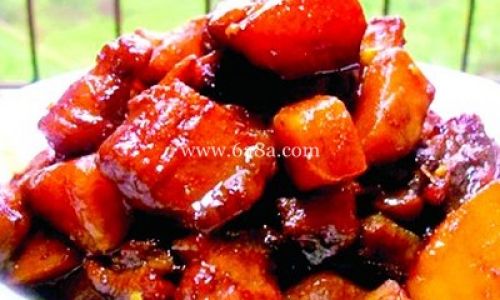
Factors Influencing Cooking Time
Cooking half a pork belly to perfection is not a one-size-fits-all endeavor. Several variables must be considered:
- Thickness of the Cut: A thicker slab (e.g., 2–3 inches) will require longer cooking than a thinner one.
- Initial Temperature: Starting with room-temperature meat ensures even cooking.
- Cooking Method: Boiling, braising, roasting, or sous-vide each demand different timelines.
- Desired Texture: Do you prefer fall-apart tender meat, or a firmer texture with a crisp skin?
Preparation: The Foundation of Flavor
Proper preparation is as critical as cooking time. Begin by:
- Trimming Excess Fat: Leave a ¼-inch layer to prevent dryness but remove any excess that may not render.
- Scoring the Skin: Use a sharp knife to create shallow cuts in a crosshatch pattern, promoting crisping and fat rendering.
- Seasoning: Rub the meat with salt, pepper, and aromatics like garlic, ginger, or five-spice powder. For deeper flavor, marinate overnight.
Cooking Methods and Timing
Boiling/Simmering
Boiling is a preliminary step often used to tenderize pork belly before roasting or frying.
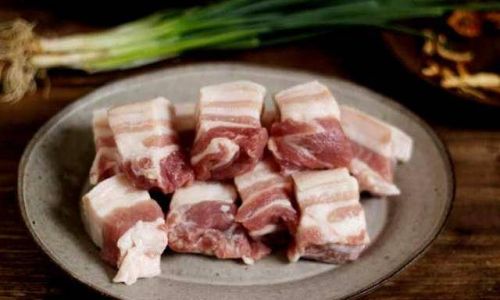
- Process: Submerge the pork belly in cold, salted water. Bring to a gentle simmer (not a rolling boil) to prevent toughening.
- Time: 45–60 minutes per pound (0.45 kg). For a 2-pound (0.9 kg) half-pork belly, expect 1.5–2 hours.
- Key Tips:
- Skim off impurities that rise to the surface.
- Add aromatics like onions, carrots, or bay leaves for flavor.
- After simmering, pat the meat dry and roast at high heat (425°F/220°C) for 20–30 minutes to crisp the skin.
Braising
Braising combines moist and dry heat, ideal for fall-apart tenderness.
- Process: Sear the pork belly in a hot pan to caramelize the exterior. Transfer to a pot with liquid (stock, wine, or soy sauce) until halfway submerged.
- Time: 2.5–3.5 hours at 300°F (150°C). A 2-pound cut may need 3 hours.
- Key Tips:
- Use a lid to retain moisture.
- Baste occasionally to enhance flavor.
Roasting
Roasting achieves crispy skin and tender meat but requires careful timing.
- Process: Preheat the oven to 475°F (245°C). Roast for 30 minutes to crisp the skin, then reduce heat to 275°F (135°C) and cook for 2–3 hours.
- Time: Total time: 2.5–4 hours, depending on thickness.
- Key Tips:
- Elevate the meat on a rack to ensure even airflow.
- Monitor internal temperature with a thermometer (target: 195–205°F/90–96°C).
Sous-Vide
For precision cooking, sous-vide offers unparalleled control.
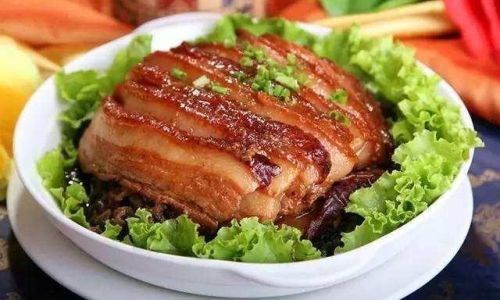
- Process: Seal the pork belly in a vacuum bag with aromatics. Cook in a water bath at 167°F (75°C) for 12–24 hours.
- Time: 12 hours for tender meat; 24 hours for fall-apart texture.
- Key Tips:
Finish with a quick sear or broil for crispy skin.
Checking for Doneness: More Than Just Time
Relying solely on time is risky. Use these methods to verify doneness:
- Internal Temperature: Insert a thermometer into the thickest part. Aim for 195–205°F (90–96°C) for braising/roasting.
- Fork Test: The meat should yield easily to gentle pressure without shredding.
- Visual Cues: The skin should be golden-brown and crisp, with fat rendered and translucent.
Common Mistakes and How to Avoid Them
- Undercooking: Leads to chewy meat. Solution: Use a thermometer and extend cooking time if needed.
- Overcooking: Results in dryness. Solution: Monitor closely and remove from heat at 205°F (96°C).
- Uneven Crisping: Solution: Ensure even scoring and dry the skin thoroughly before roasting.
- Skipping the Resting Period: Allow meat to rest for 10–15 minutes post-cooking to redistribute juices.
Serving Suggestions and Pairings
- Asian-Inspired: Serve with steamed buns, pickled vegetables, and hoisin sauce.
- European Style: Pair with roasted potatoes, applesauce, and Dijon mustard.
- Modern Twist: Shred and toss with chili oil for tacos or ramen bowls.
The Science Behind Perfect Pork Belly
Collagen, a protein found in connective tissue, begins to break down at 160°F (71°C). Prolonged cooking (2–3 hours) converts collagen into gelatin, creating a luxurious mouthfeel. Meanwhile, the fat layer renders at 130–140°F (54–60°C), basting the meat and contributing to crispy skin when exposed to high heat.

Conclusion: The Pursuit of Perfection
Cooking half a pork belly to doneness is an exercise in balance—between time, temperature, and technique. While guidelines provide a roadmap, the true mastery lies in understanding the interplay of variables. Whether you prefer the silken texture of a slow-braised belly or the crackle of a roasted slab, patience and attention to detail will elevate this humble cut into a culinary masterpiece. So next time you stand before a half-pork belly, remember: perfection is not measured in minutes alone, but in the harmony of flavor, texture, and the joy it brings to the table.
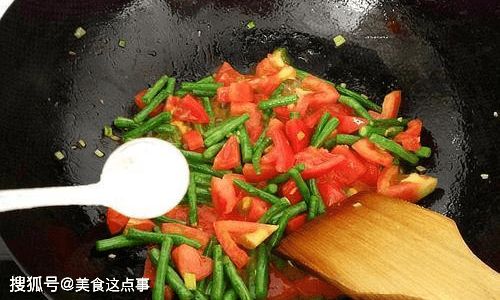
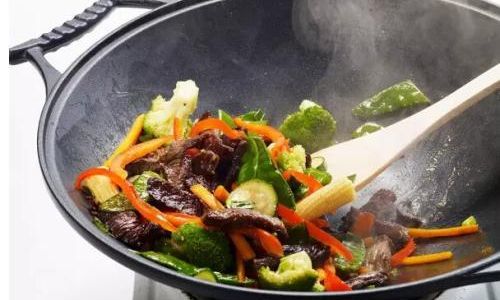
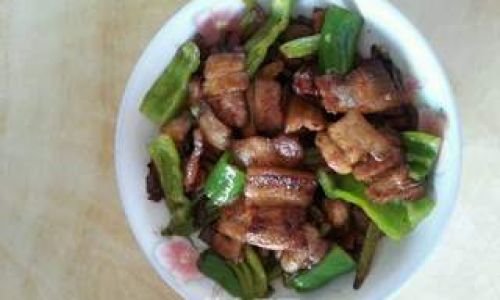
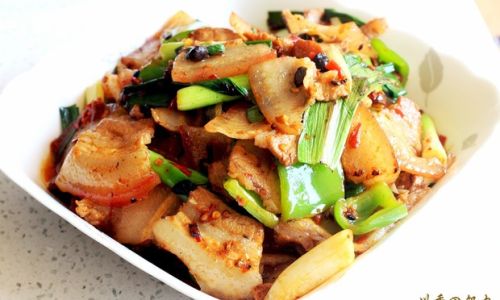
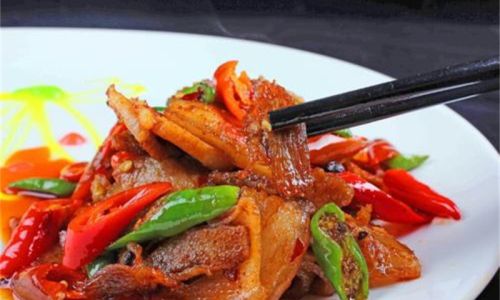
0 comments